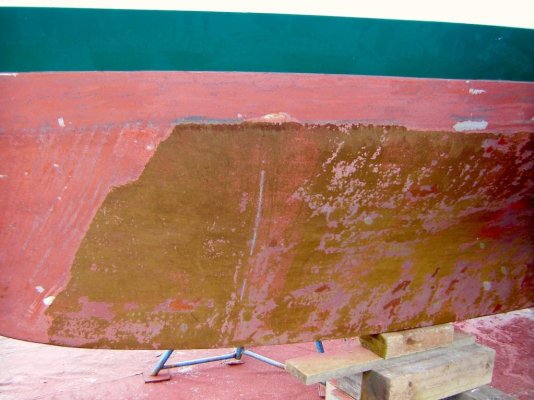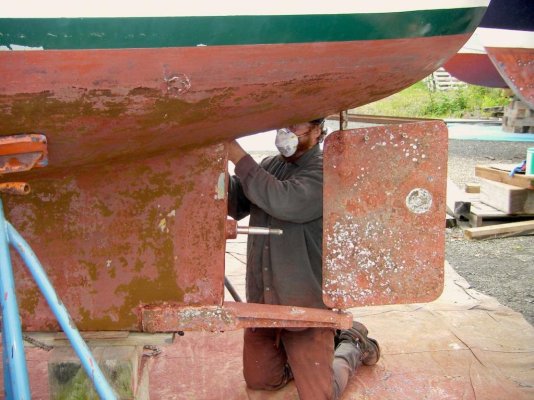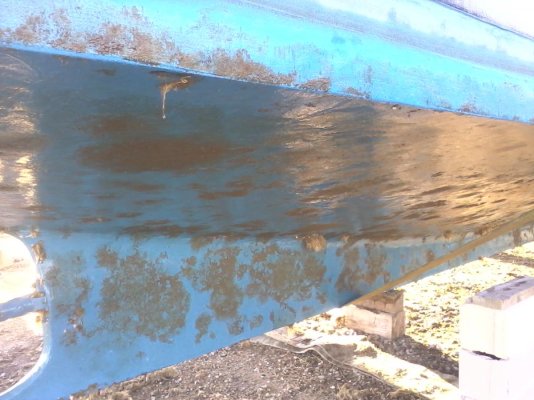Tom.B
Moderator Emeritus
- Joined
- Jul 30, 2009
- Messages
- 5,839
- Location
- USA
- Vessel Name
- Skinny Dippin'
- Vessel Make
- Navigator 4200 Classic
As you may know, Skinny Dippin' is getting a "bottom reset". Media blasting the 20+ years of old paint off and getting a fairing a barrier coat applied. We have a unique and rare opportunity to change paint types. Since the first layer after the barrier coat is going to be hard bottom paint, we are strongly considering just using a second coat of hard paint and calling it done. Then we'll see what performance we get out of it. In the past we have exclusively used the cheap stuff (CPP+) from Worst Marine, but have applied is annually to stay on top of things under there. We liked it, but know we can do better.
I'm interested is seeing what you guys have to argue about... errm... umm... I mean... what wonderful contributions y'all have on the subject. It seems to me to be worth a shot. We can always go back to ablative if we need to, but can never try hard again if we start there now.
Thanks,
Tom-
I'm interested is seeing what you guys have to argue about... errm... umm... I mean... what wonderful contributions y'all have on the subject. It seems to me to be worth a shot. We can always go back to ablative if we need to, but can never try hard again if we start there now.
Thanks,
Tom-









